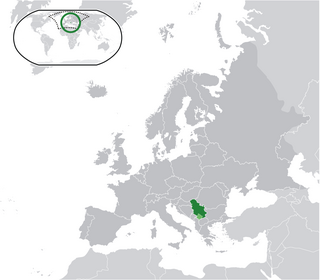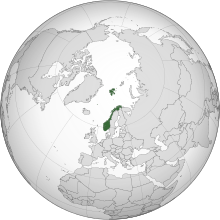A telephone numbering plan is a type of numbering scheme used in telecommunication to assign telephone numbers to subscriber telephones or other telephony endpoints. Telephone numbers are the addresses of participants in a telephone network, reachable by a system of destination code routing. Telephone numbering plans are defined in each of the administrative regions of the public switched telephone network (PSTN) and in private telephone networks.

In the United Kingdom, telephone numbers are administered by the Office of Communications (Ofcom). For this purpose, Ofcom established a telephone numbering plan, known as the National Telephone Numbering Plan, which is the system for assigning telephone numbers to subscriber stations.

The Australian telephone numbering plan governs the allocation of telephone numbers in Australia. It has changed many times, the most recent major reorganisation by the Australian Communications and Media Authority taking place between 1994 and 1998.

The French telephone numbering plan is used in Metropolitan France, French overseas departments and some overseas collectivities.
Telephone numbers in Japan consist of an area code, an exchange number, and a subscriber number.
In Argentina, area codes are two, three, or four digits long. Local customer numbers are six to eight digits long. The total number of digits is ten, for example, phone number (11) 1234-5678 for Buenos Aires is made up of a 2-digit area code number and an 8-digit subscriber's number, while (383) 123-4567 would be an example of a Catamarca number.

Numbers on the Irish telephone numbering plan are regulated and assigned to operators by ComReg.

Telephone numbers in Singapore, also known as the National Numbering Plan, are regulated by the Info-communications Media Development Authority (IMDA). Due to the small geographical size of Singapore, there are no area or trunk codes; all numbers belong to one numbering area, and thus come in the same 8-digit format. Numbers are categorised based on the first digit, thus providing ten possible categories, of which six are currently in use and the remaining four reserved for future usage.

The dialling plan for mobile networks and new landline operators is closed; all subscriber numbers must be dialled in full. For landline numbers starting with 02, the dialling plan used to be open; the trunk digit and area code could be omitted if the caller was in the same area code as the callee. However, starting May 3, 2008, all landline numbers must be dialled in full.

Regulation of the telephone numbers in Serbia is under the responsibility of the Regulatory Agency of Electronic Communication and Mail Services (RATEL), independent regulatory authority. The country calling code of Serbia is +381. The country has an open telephone numbering plan, with most numbers consisting of a 2- or 3-digit calling code and a 6-7 digits of customer number.
Telephone numbers in Switzerland are defined and assigned according to the Swiss telephone numbering plan administered by the Swiss Federal Office of Communications. The plan has been changed several times and the most recent reorganization was implemented in March 2002.
Telephone numbers in Oceania use a variety of area codes to denote their location along with their own area code depending on the country's geographic makeup. They also have other prefixes to denote different types of mobile services and international calls. There are exceptions because of regional variations and time zones.

The Spanish telephone numbering plan is the allocation of telephone numbers in Spain. It was previously regulated by the Comisión del Mercado de las Telecomunicaciones (CMT), but is now regulated by the Comisión Nacional de los Mercados y la Competencia (CNMC).

Telephone numbers in Israel consist of an area code and a subscriber number. The dial plan type in Israel is closed, and "0" is the internal trunk prefix in Israel. Israel's country calling code is +972.

The regulation of telephone numbers in Germany is the responsibility of the Federal Network Agency of the German government. The agency has a mandate to telecommunications in Germany and other infrastructure systems.
Slovenia received a new country code following the breakup of the Socialist Federal Republic of Yugoslavia in 1991. Additionally, the Ipko mobile phone company in Kosovo used the +386 country code.

A telephone number in Belgium is a sequence of nine or ten digits dialed on a telephone to make a call on the Belgian telephone network. Belgium is under a full number dialing plan, meaning that the full national number must be dialed for all calls, while it retains the trunk code, '0', for all national dialling.
National conventions for writing telephone numbers vary by country. The International Telecommunication Union (ITU) publishes a recommendation entitled Notation for national and international telephone numbers, e-mail addresses and Web addresses. Recommendation E.123 specifies the format of telephone numbers assigned to telephones and similar communication endpoints in national telephone numbering plans.
Telephone numbers in San Marino have six to ten digits. Numbers starting with either 0, 8 or 9 are assigned to landlines, 6 is used for mobile services, 5 for IP telephony services and 7 for premium numbers. No trunk prefixes are used: all the digits are always dialed.

Telephone numbers in Georgia consist of 9 digits and follow a closed numbering plan in which the initial 2 or 3 digits indicate the service or area code and the remaining 6 or 7 digits identify the subscriber.













